
Voice of the Customer
Bobby Mitchell
President and CEO, Applied Ceramics
The Challenges
1. Disconnected systems and no source of truth
HubSpot wasn’t being used for visibility. The team was relying on Excel sheets, and even though the CRM had been in place for over two years, it lacked adoption. Leads, attribution, conversion rates, none of it was being tracked or trusted.
2. No defined lead qualification process
There were no lifecycle stages. No agreed-upon way to flag whether a lead was good or bad. Sales had no reason to log updates in HubSpot because nothing in the CRM reflected how they worked.
3. Two business units inside one HubSpot instance
Applied Ceramics ran two separate businesses inside the same portal. They shared forms, workflows, and contact records, which made reporting by business line nearly impossible.
4. No disqualification tracking or feedback loop
When leads weren’t a fit, there was no structured way to track why. That made it difficult for marketing to optimize campaigns or understand lead quality by source.
5. No GTM alignment or review cadence
Sales, marketing, and growth teams weren’t reviewing lead performance together. There was no shared dashboard, no sprint cadence, and no GTM operating rhythm.
The Solutions
1. Created a qualification framework that matched their sales process
Engineers don’t think in terms of "lead status." So we rolled out a simple, four-part status system that made sense to everyone:
-
Qualified – Ready to be worked
-
Disqualified – Not a fit, with a required reason
-
Being Worked – Currently active
-
Nurture – Worth staying in touch with, but not now
2. Segmented the CRM by business unit
We introduced filters, lists, and field logic to separate Applied Ceramics' two separate businesses within one portal. This included:
- Segment-specific dashboards
- Separate lead routing workflows
- Clean product line and campaign reporting
3. Built an allbound dashboard for weekly GTM reviews
We created a single dashboard that replaced spreadsheets and static Word docs.
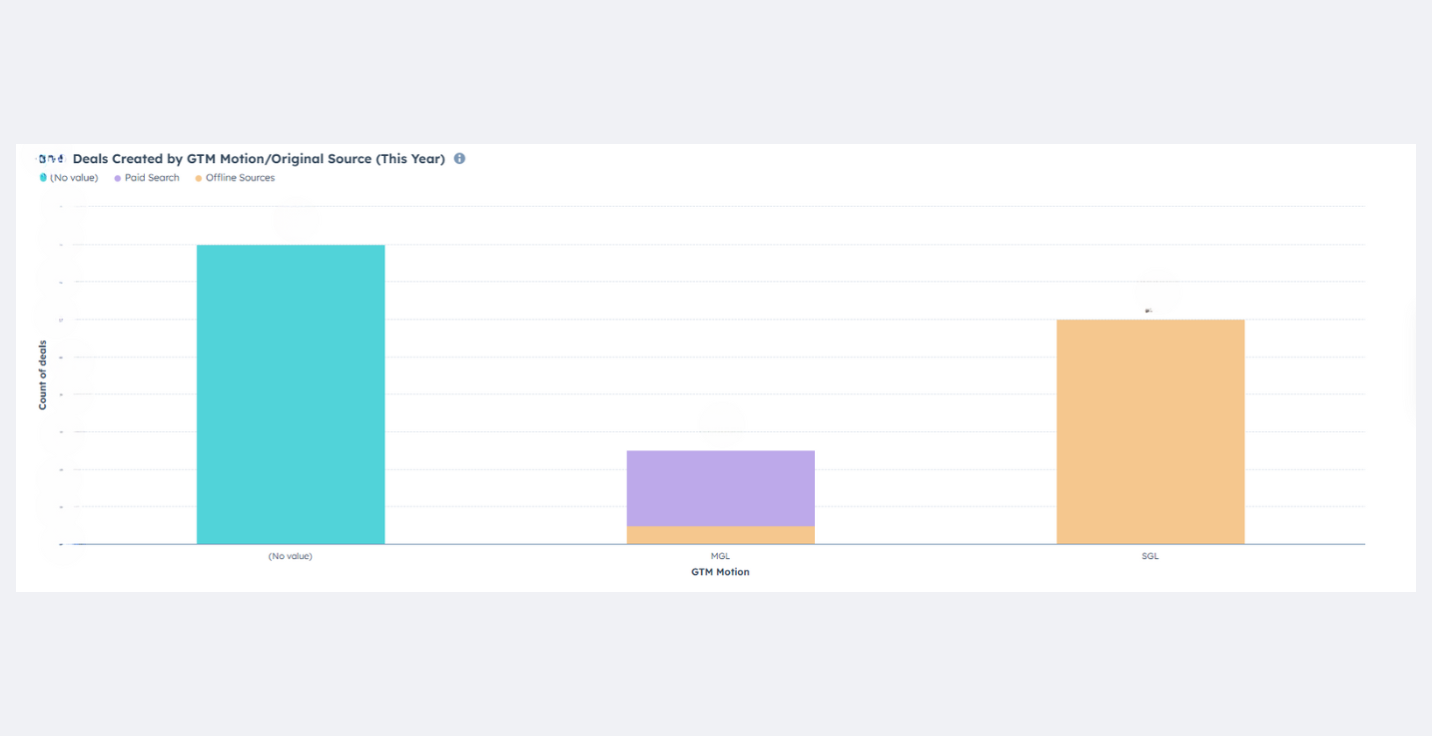
It included:
- Weekly lead gen summaries by source and product
- Qualification status for each new contact
- Deal creation and close tracking
- Key disqualification reasons
- Active projects and sprint updates
4. Rolled out lifecycle stages and SLA reporting
We introduced the HubSpot lifecycle stage model and trained the team on how it maps to their process.
This is an affiliate link. If you explore HubSpot via this link, we may earn a commission.
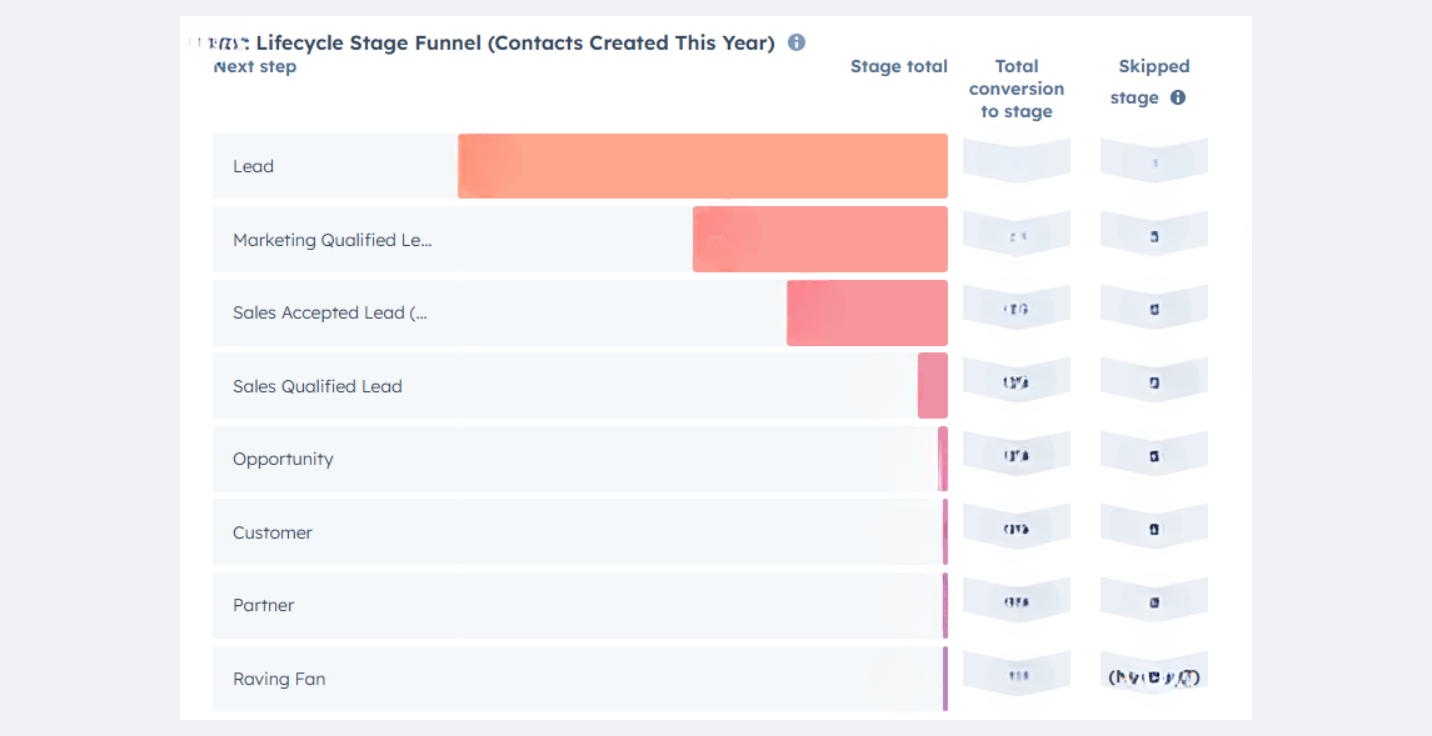
- Subscriber
- Lead
- MQL
- SAL
- SQL
- Opportunity
- Customer
We set up reports that tracked time in stage and helped surface questions like:
- How long are leads sitting before being qualified?
- Where are handoffs breaking down?
- Which lifecycle stages need stricter definitions or automation?
5. Implemented disqualification tracking
Sales reps were asked to log a reason every time they marked a lead as disqualified. That data revealed most disqualified leads weren’t spam, they were real prospects from the wrong niche.
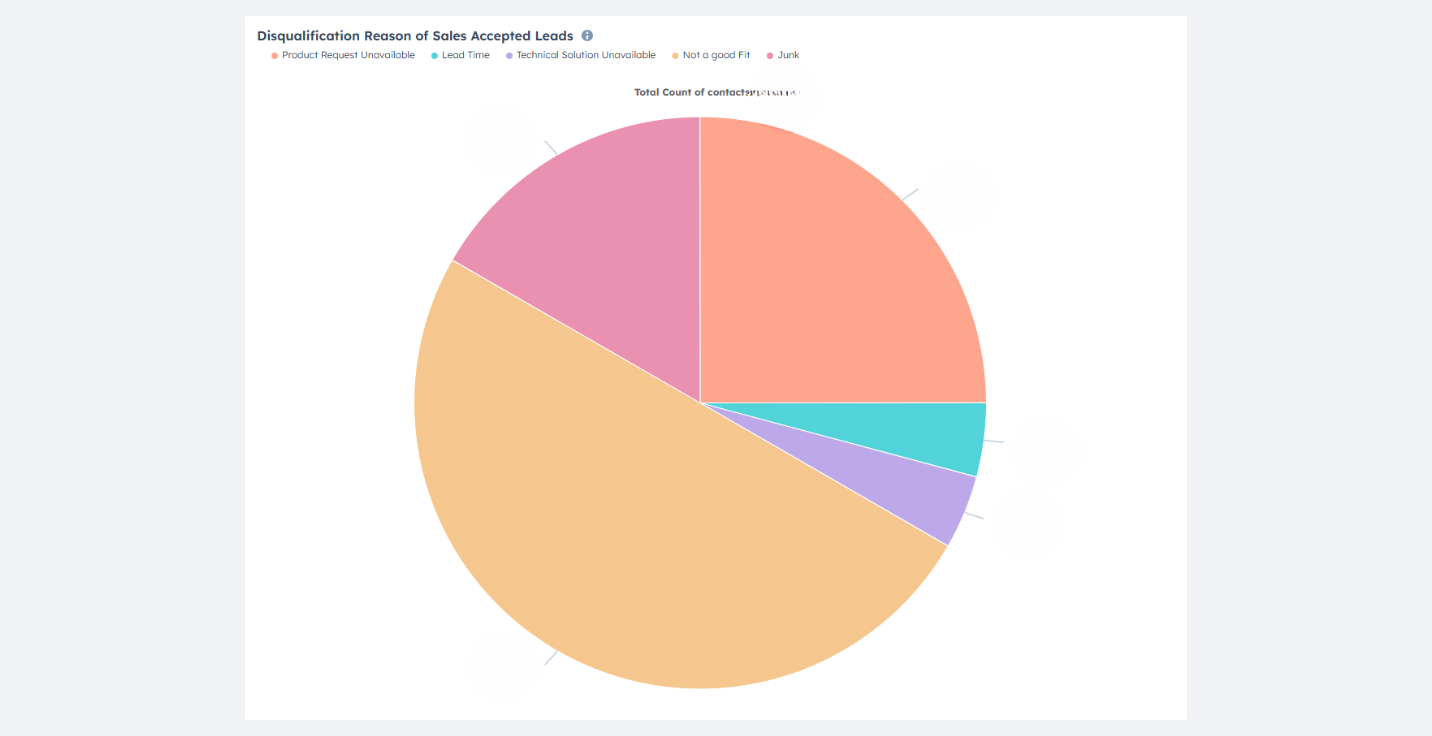
We used those insights to:
- Refine messaging to avoid attracting off-fit requests
- Adjust campaign content to better match ideal customer profiles
- Focus targeting on high-fit industries and use cases
- Identify patterns like requests for urgent sintering or 3D-printed ceramics—solutions outside Company A’s scope
6. Integrated allbound tools to connect inbound, outbound, and retargeting
Applied Ceramics was running outbound plays alongside inbound marketing, but nothing was stitched together.
Using HubSpot and OutboundSync, we:
- Centralized tracking of outbound leads
- Measured impact by source and motion
- Added high-intent signals from outreach into lead scoring and workflows
The Impacts
1. HubSpot adoption increased across the board
Sales reps now log in, update statuses, and attend weekly GTM syncs.
2. Marketing finally had visibility into ROI
Funnel metrics are now part of a weekly review rhythm. About half of all MQLs are being worked by sales, with a 10% qualification rate into SQL. Organic search leads have proven to be 3x more likely to qualify than paid leads, which helped the team pause low-performing paid channels and shift focus to higher-converting organic and outbound efforts.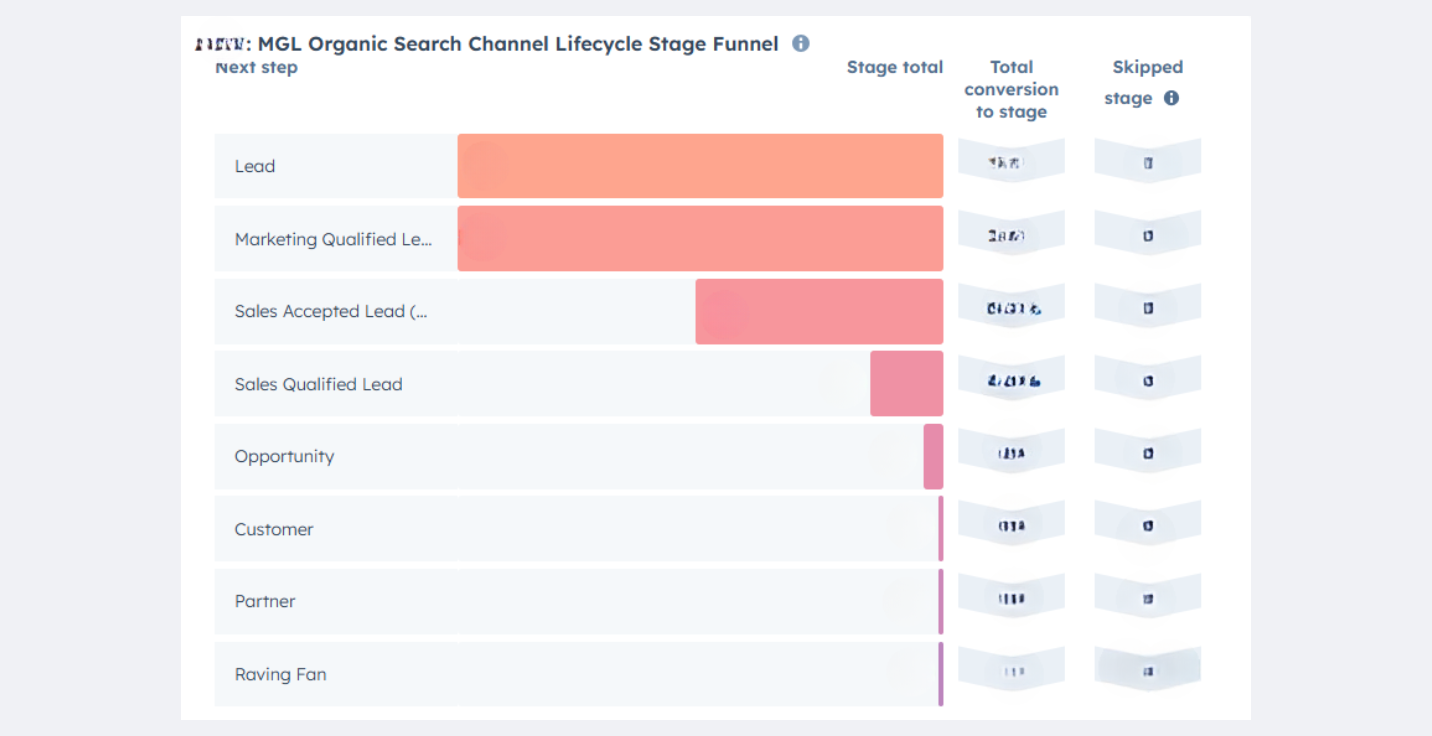
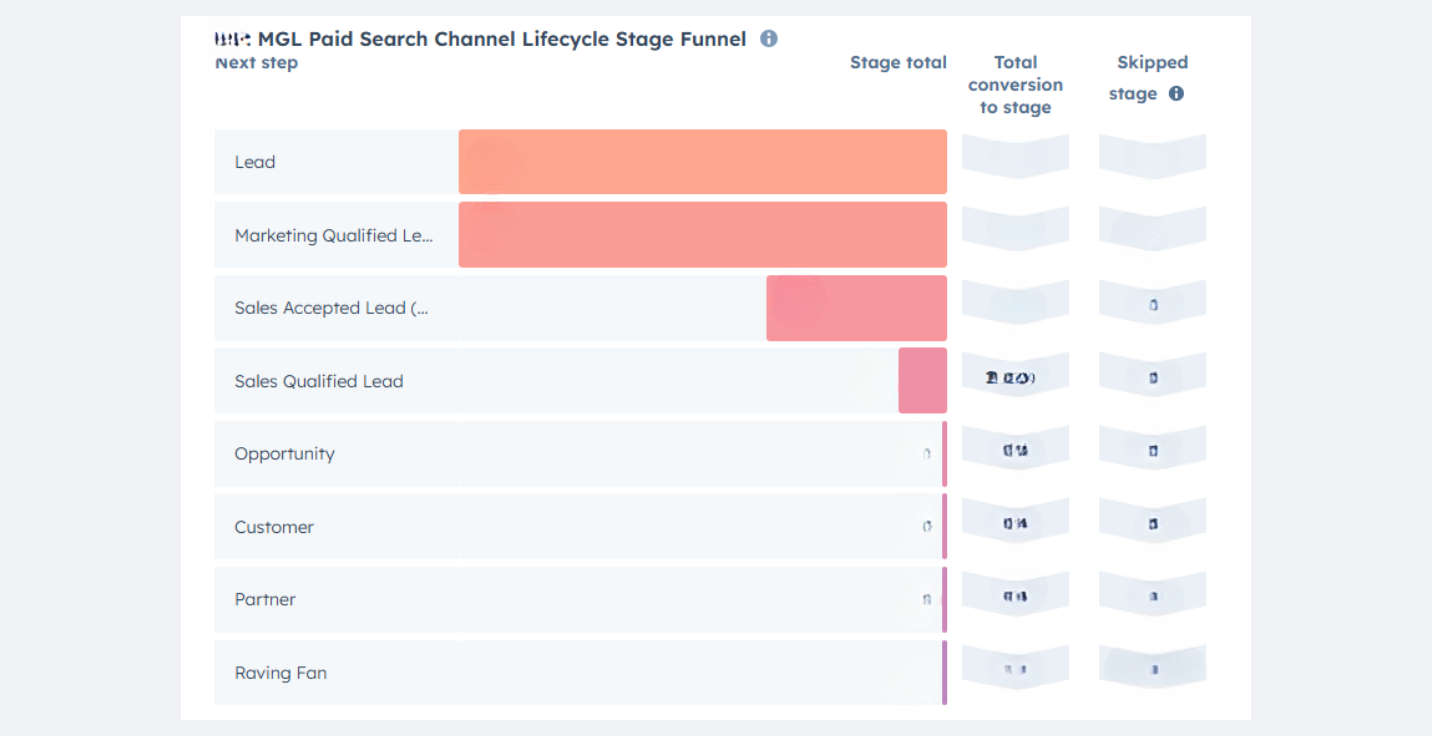
3. Lead quality improved and became measurable
Month over month, the ratio of qualified to junk leads got better. Disqualification data gave the team clarity on what to stop doing. As messaging and content were refined, the team saw a clear improvement in the ratio of qualified to disqualified leads over time.
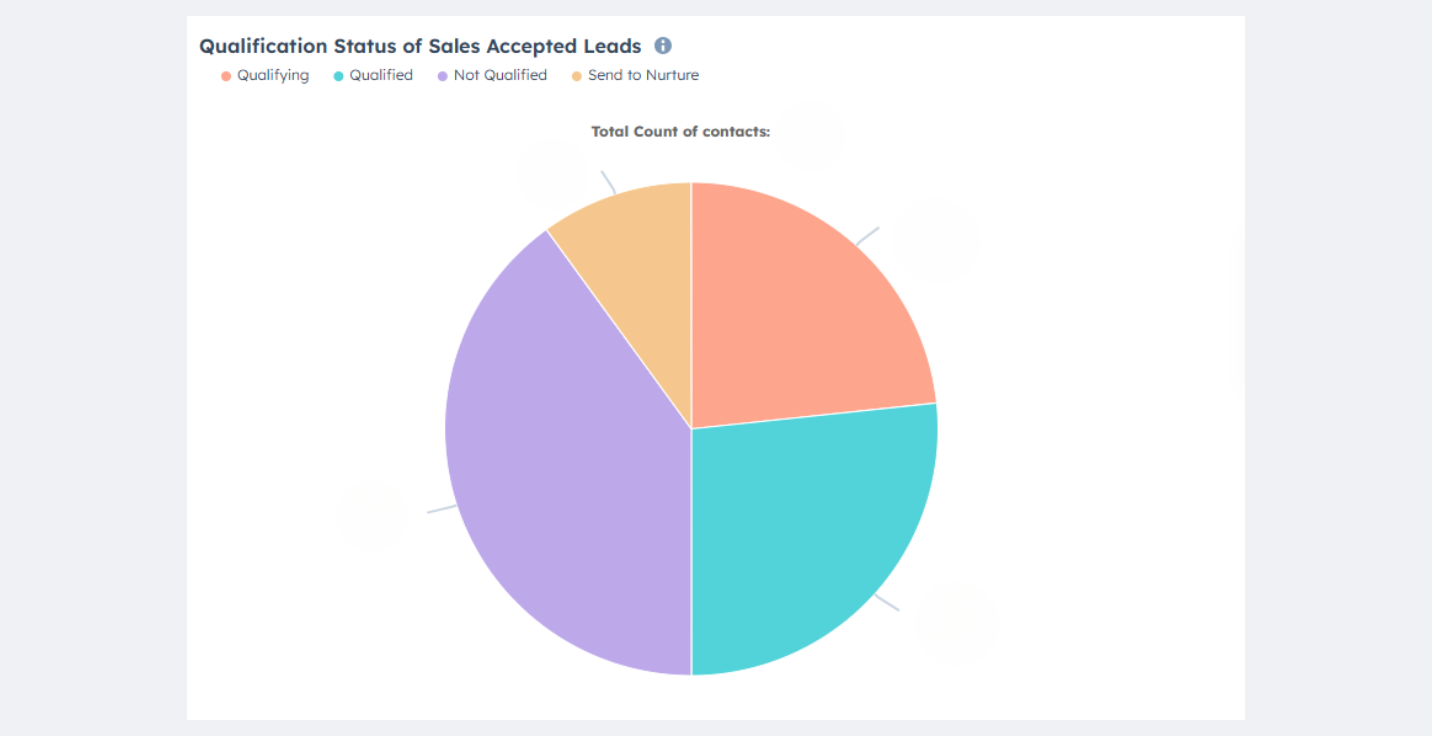
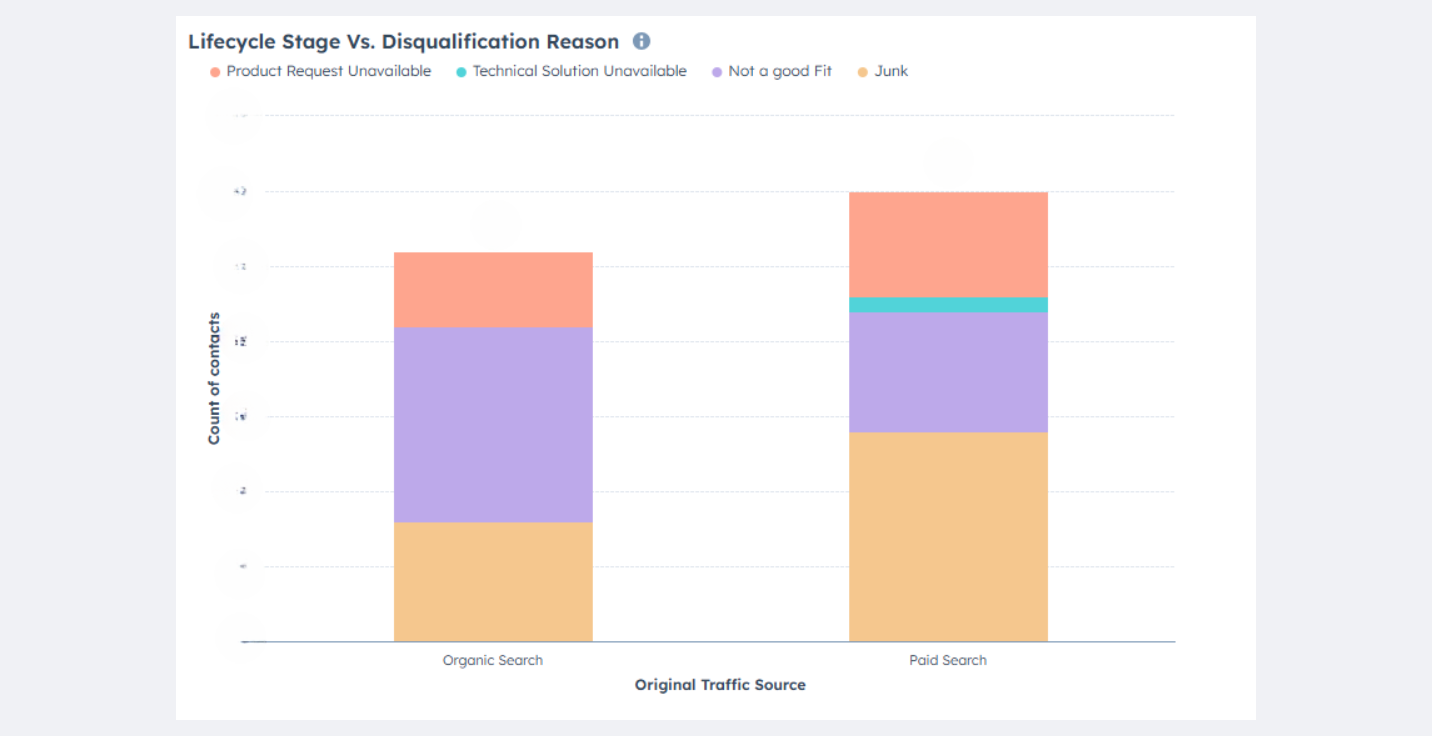
4. The team has a weekly GTM rhythm
Sales, marketing, and growth meet weekly using a shared dashboard. They review new leads, discuss performance, and adjust campaigns in real time.
5. The CRM became a decision-making system
With lifecycle tracking, segmentation, and source performance all in one place, the team uses HubSpot to answer big questions, not just store data.
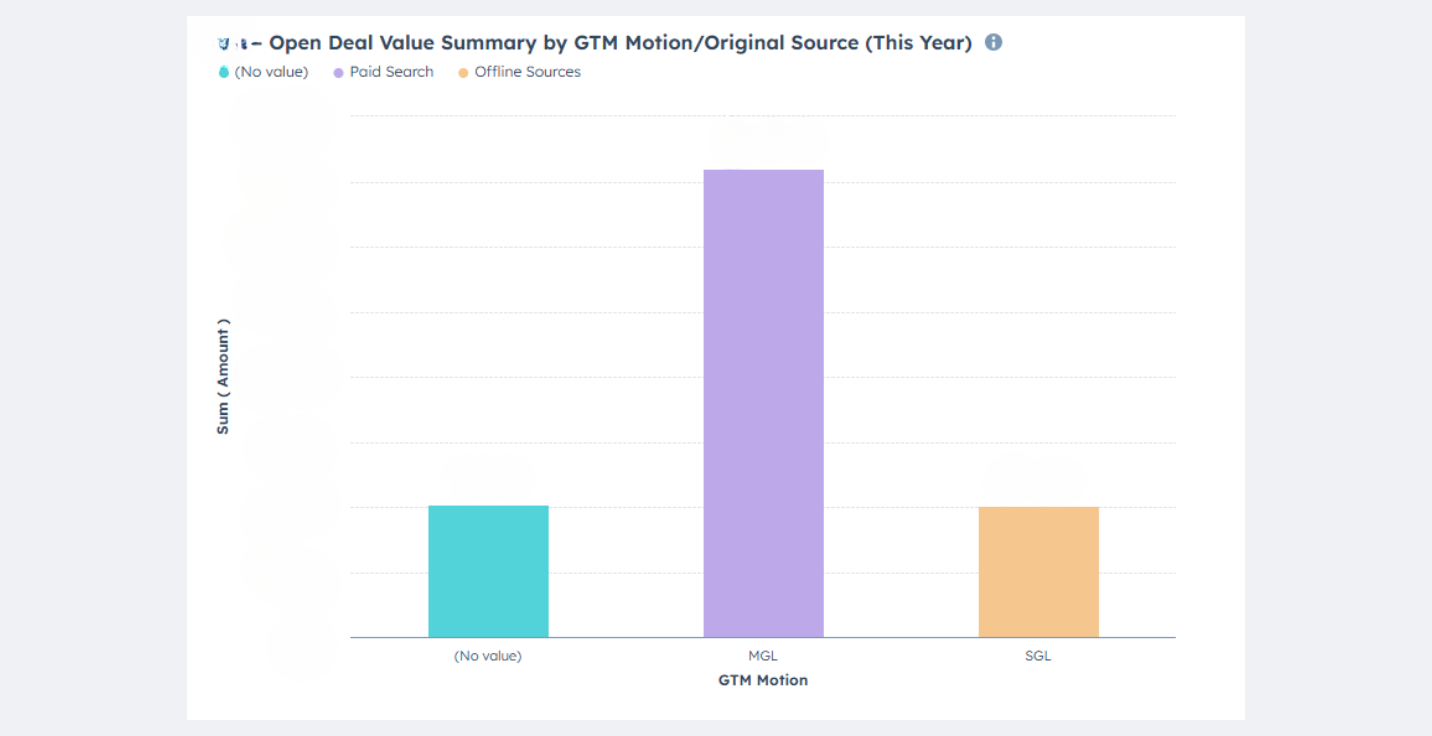
6. Campaigns Led to Qualified New Logos
Growth marketing efforts generated qualified leads from several new target accounts, validating the effectiveness of the content strategy and outbound motion. The results showed strong alignment between messaging, targeting, and actual lead quality, proving the system is bringing in the right kinds of prospects.
RevPartners is at Your Service
Does your revenue engine need built, fine-tuned, or supercharged?
To learn more about how to continuously improve operational efficiency and identify the gaps in your customer experiences, see what RevPartners can do for you, especially if you’re already using HubSpot or thinking about adopting it.
Heads up: this is an affiliate link. We may receive a commission if you use it to get started.